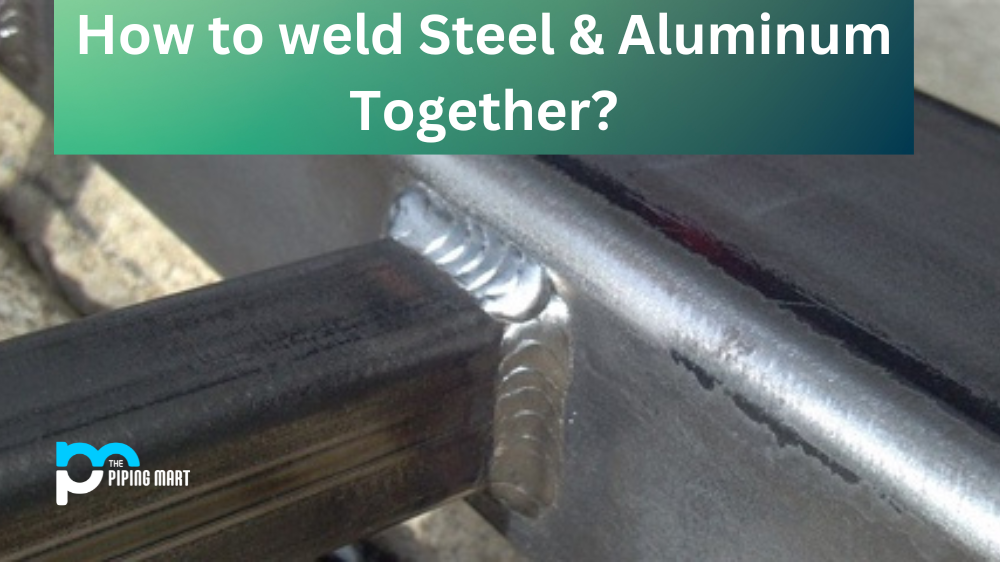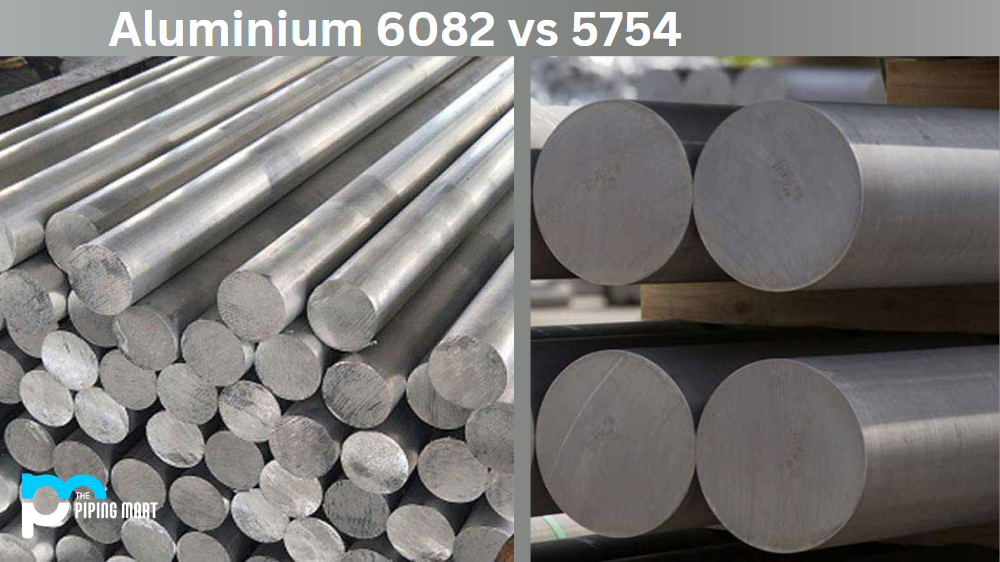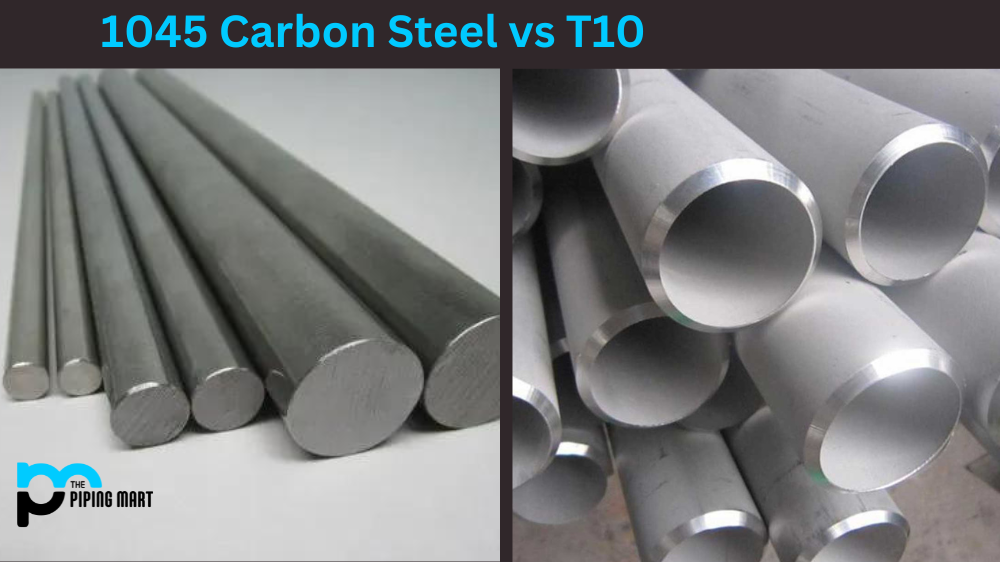Welding is a process of applying heat and pressure to two or more pieces of metal in order to join them together. It’s an important skill for many types of applications, including automotive repair and construction. But one challenge is welding steel and aluminium together. It can be tricky, but it is possible. Let’s explore the basics of welding steel and aluminium together.
Basics of Welding Steel and Aluminum Together
In order to successfully weld steel and aluminium together, you need to understand the basic concepts of welding these materials. First, it’s important to note that aluminium has a much lower melting point than steel, so the joint should be done quickly in order to prevent damage from overheating the aluminium. You also need to make sure that you use a filler material that has a similar melting point as aluminum in order to ensure a strong bond between the two metals. Finally, make sure that you are using an appropriate welding technique, such as TIG (Tungsten Inert Gas) or MIG (Metal Inert Gas).
Choosing the Right Filler Metal
When it comes time to choose your filler metal, there are several options available on the market today. The most common type is ER70S-2 filler wire which is made up of carbon steel with small amounts of manganese and silicon added for strength. This type of filler wire works well for joining steel to aluminum because it can withstand higher temperatures without melting through the base metal, as other types would do. Additionally, you may want to consider using stainless steel or nickel-based alloys, which can provide additional strength when welding thicker materials or components with high-stress concentrations.
Welding Process
Once you have chosen your filler material, it’s time to start the welding process itself. Start by preheating both pieces before beginning the actual weld—this will reduce the risk of cracking due to temperature shock during cooling afterwards. Then set your welder machine according to its instructions and begin making your weld passes along each side until they meet at a single point in between them both—this is where your filler material will come into play. Finish up by cleaning any excess slag off with a wire brush before inspecting your work for any signs of imperfections or weak spots that may need additional attention before finalizing your project!
Conclusion:
Welding steel and aluminum together can be tricky since they require different techniques because their melting points are significantly different from each other. However, with proper preparation and knowledge about choosing an appropriate filler material and following proper welding procedures for both metals, this task can be completed successfully! Knowing how to properly weld these two materials together will open up many more possibilities for projects around your home or workplace! For those who are experienced welders looking for new challenges, this could be an exciting opportunity!

A passionate metal industry expert and blogger. With over 5 years of experience in the field, Palak brings a wealth of knowledge and insight to her writing. Whether discussing the latest trends in the metal industry or sharing tips, she is dedicated to helping others succeed in the metal industry.




